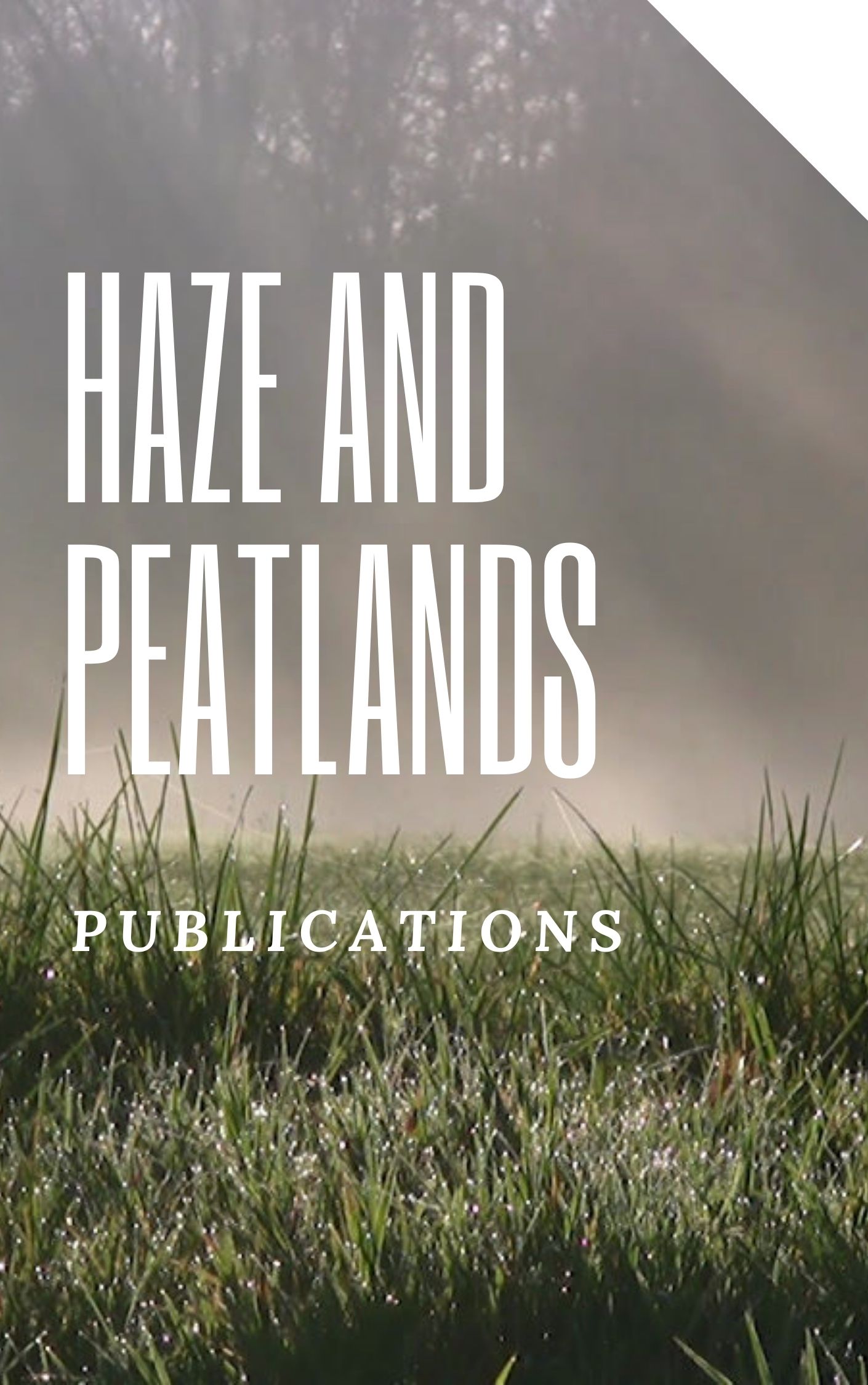This paper explores aspects of forest management in colonial Burma. After the first Anglo-Burmese war (1824-26), the British initially exploited the teak forests of Tenasserim under a system of laissez-faire forestry. However, the rapid depletion of this resource led to a new approach following the second Anglo-Burmese war (1852) based on the creation of reserved forests dedicated to longterm timber production. As the first case study illustrates, forest officials sought to exclude fire from these forests, believing that fire retarded teak growth. In the process, they imposed restrictions and obligations on villagers, who, in turn, resisted such control through the illegal use of fire, village complicity, labour strikes or slowdowns and incendiarism. If such resistance disrupted forest management, it was ultimately adverse scientific evidence that led to the curtailment of fire protection after the First World War. In the second case study, the related efforts of forest officials to persuade shifting cultivators to plant teak under the taungya forestry system are traced. However, cooperation was only achieved after much conflict. Moreover, in the 1930s, growing scientific doubts about the system in a broader context of economic retrenchment led to its demise. The third case study addresses the politics of non-teak forest management through an analysis of cutch regulation. Efforts to manage the production of cutch, a water extract of the sha (Acacia catechu) tree used for tanning and dyeing purposes, were weakened by inter-departmental differences. But they were also thwarted by the resistance of peasants, traders and shifting cultivators. Such resistance formed part of a broader dynamic of control and resistance that characterized forest management in colonial Burma, but which resonates with political and ecological meaning even today.
View source

